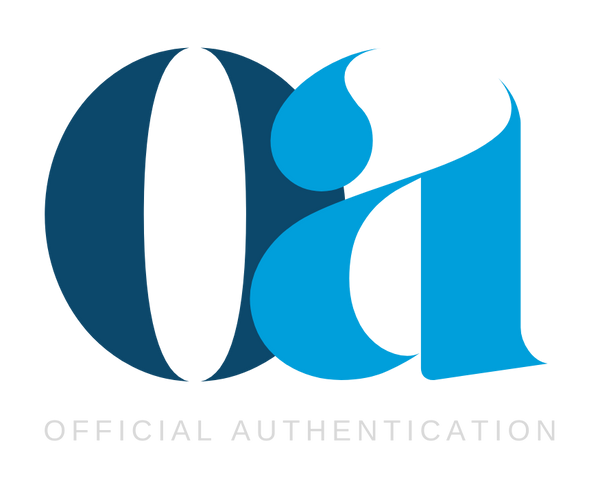The luxury handbag market is witnessing a dramatic shift in 2025, with a notable return to statement pieces that challenge the minimalist aesthetic that dominated recent years. As the global luxury handbag market reaches a valuation of $27.25 billion this year and projects growth to $50.21 billion by 2035, several key silhouettes are emerging as must-have investments for collectors and fashion enthusiasts alike. Among these trends, the east-west handbag silhouette stands out as perhaps the most significant evolution in luxury accessories this season.
The East-West Revolution: A New Proportion in Luxury Handbags

The east-west handbag-characterized by its horizontal, elongated silhouette-has emerged as the defining bag shape of Spring/Summer 2025. This stretched-out format evokes the elegant clasp purses of the 1950s but with thoroughly modern execution. Miu Miu and Alaïa have been particularly influential in popularizing this trend, creating structured pieces that sit neatly under the arm or sling effortlessly over the shoulder.

What makes this silhouette particularly interesting is its departure from the micro and nano bag trends that dominated recent seasons. The east-west format offers practical capacity while maintaining a sleek profile-a balance that resonates with American consumers who increasingly demand both style and functionality. The proportions create a visually striking horizontal line that complements the vertical lines of contemporary fashion, making these bags particularly photogenic for social media.
From a craftsmanship perspective, the east-west shape presents unique challenges. The extended width requires precise structural engineering to prevent sagging or distortion when carried. Premium brands achieve this through internal reinforcement techniques, including hidden metal frames or specially developed canvas linings that maintain the bag's architectural integrity without adding excessive weight. This technical achievement represents a significant evolution in luxury bag construction.
Material Innovation and Authentication Considerations
The east-west trend coincides with another major development in the luxury handbag market: the resurgence of suede as a premium material. Harper's Bazaar Australia identifies suede handbags as the second biggest trend of 2025, noting their rich texture and sophisticated appearance. This material choice is particularly significant for authentication experts, as suede presents specific challenges for counterfeiters.
Authentic luxury suede has a distinctive nap direction and consistent color saturation that's difficult to replicate. When authenticating east-west suede bags, our experts look for even dye penetration and the characteristic "writing" effect when the nap is brushed in different directions. Counterfeit suede often lacks these subtle quality markers, instead showing blotchy coloration or a synthetic-looking surface that doesn't respond naturally to touch.
Hardware elements on these elongated bags also provide crucial authentication markers. The extended format typically features multiple closure points or decorative hardware along the length of the bag. Authentic pieces will show consistent metal quality across all hardware elements, with precise engraving and substantial weight. The positioning of these elements requires mathematical precision-a detail that counterfeiters frequently overlook.
Market Positioning and Regional American Preferences
The east-west trend is particularly interesting when viewed through the lens of regional American preferences. Traditionally, East Coast consumers have favored structured, heritage-inspired designs, while West Coast buyers gravitate toward relaxed, bohemian aesthetics. The current east-west trend bridges this divide by offering architectural structure with a relaxed carrying style.
In the American market, which is projected to grow at a CAGR of 6.2% through 2035, these bags are positioned as versatile investments rather than seasonal trends. This positioning aligns with the evolving American luxury consumer mindset, which increasingly views handbags as investment pieces rather than disposable fashion items.
We've noticed that New York and Chicago buyers are particularly drawn to leather and canvas east-west styles from heritage brands, while Los Angeles and Miami consumers show stronger interest in suede versions and those with more experimental details like fringe or embellishments. This regional variation reflects not just aesthetic preferences but lifestyle differences-east-west bags work equally well for subway commuters needing security and hands-free options as they do for car-centric lifestyles where a statement bag is more visible.
Investment Value and Authentication Challenges

For collectors considering east-west bags as investment pieces, several factors merit consideration. Limited editions from established houses like Miu Miu and Bottega Veneta show particular promise for appreciation, especially those featuring innovative material combinations or distinctive hardware.
From an authentication perspective, the east-west trend presents specific challenges. The elongated format means more surface area where details must remain consistent. When examining these bags, our authentication team pays particular attention to:
- Proportion and symmetry across the extended width
- Consistent stitching tension throughout longer seams
- Hardware alignment and spacing
- Interior lining attachment, especially at corners
- Weight distribution when the bag is held
The second-hand market for these pieces is already showing strong performance, with certain models commanding 15-20% premiums over retail within weeks of release. This rapid appreciation suggests that the east-west trend has power beyond the typical seasonal cycle.
In a luxury landscape where sustainability and investment value increasingly drive purchasing decisions, the east-west handbag represents a perfect convergence of practical design, distinctive aesthetics, and potential longevity. As the luxury market continues its projected growth toward $50.21 billion by 2035, this silhouette may well become one of the defining accessories of the decade-not merely a passing trend, but an evolution in how we conceptualize the very form and function of the luxury handbag.

